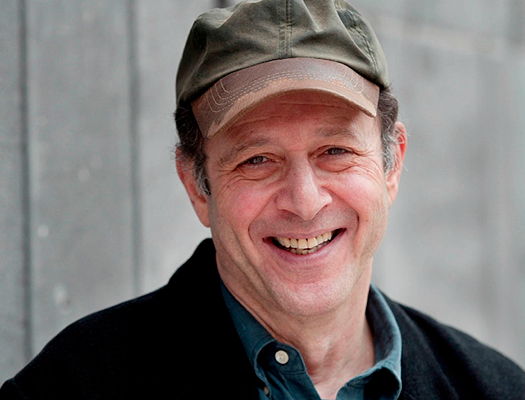- Derby Cathedral
- Skrjabin
- LDSP
- Da Vinci Edition
- Jane Dutton
- river
- Palisades and Eaton Fires
- Michel Merlet: Chacone

All About Collaboration
Music by Steve Reich
impresses MIKE WHEELER
impresses MIKE WHEELER
I have a somewhat oblique relationship with minimalism. A lot of it I enjoy, some I don't, and I feel no compulsion to worship at the shrine. But an all-Steve Reich evening from the London Sinfonietta was an intriguing prospect, not least for a chance to hear his hour-long epic Music for 18 Musicians - Royal Concert Hall, Nottingham, UK, 15 February 2019.
The first half, though, offered more bite-sized chunks, starting with Clapping Music, in which two pairs of hands - David Hockings and Owen Gunnell, on this occasion - start clapping an intricate rhythmic pattern together before becoming increasingly out of sync. The fun lies in listening to the two strands bounce off each other, the one filling up each other's silent beats, and not least those engaging skip-and-jump moments when silent beats coincide. Hockings and Gunnell contrived a real sense of arrival (or is such an idea heresy in minimalist circles?) when the patterns re-converge at the end.
At that point Micaela Haslam came on stage - director of Synergy Vocals (the voices in Part 2), and rehearsal director. Her spoken introductions were models of lucidity, and relaxed in manner without being in the least bit patronising as, among other things, she stressed the underlying importance of pulse to Reich's music, and produced one of the best visual analogues to the technique of canon I've seen.

Micaela Haslam
The snappy Nagoya Marimbas was in the hands of Oliver Lowe and Joe Richards, in firm control of dynamic gradations, and allowing larger melodic shapes to emerge. The way motifs proliferate in this piece suggested a totally unexpected comparison, with the imagery of growing frost-patterns invoked on one occasion by Sibelius (of all the people to bring into the conversation).
All four players joined forces for the evening's most recent piece, Mallet Quartet, from 2009. They relished each shift of harmony as a springboard into a new section, and the change of colour with the switch to softer beaters was magical. Together they deftly steered the music round the sudden corner into the slower central section, and out again at the end of it.
And so to the monumental Music for 18 Musicians. If there's one timbre above all that seems to characterise the piece it's the pair of bass clarinets. Here they don't have the sinister connotations that writing for the instrument often takes on. Instead they ground the work's sound-world with what I can only describe as a kind of leathery dependability, and the London Sinfonietta players brought a real earthy quality to their role.

London Sinfonietta online publicity for the 'Masterful Minimalism' tour
Reich handles his ensemble - largely comprising, in addition, pianos, marimbas, xylophones and metallophone - as a kind of super-gamelan, with solo violin, cello and a quartet of female voices adding just enough to colour the sound without dominating it. In visual terms alone the work presents the spectacle of eighteen musicians all beavering away in their own separate spaces. But of course they're not. This is all about collaboration, and listening hard to what else is going on. Topped and tailed by a short section called 'Pulse' the work is divided into eleven continuous sections, the change into each new section signalled by cues, mainly from the vibraphone. The resulting sudden changes of colour took us engrossingly into a succession of new spaces.

Steve Reich
And suddenly it was all over. Like the first time I watched a piece of slow television, I was amazed at how quickly the time went.
Derby UK




